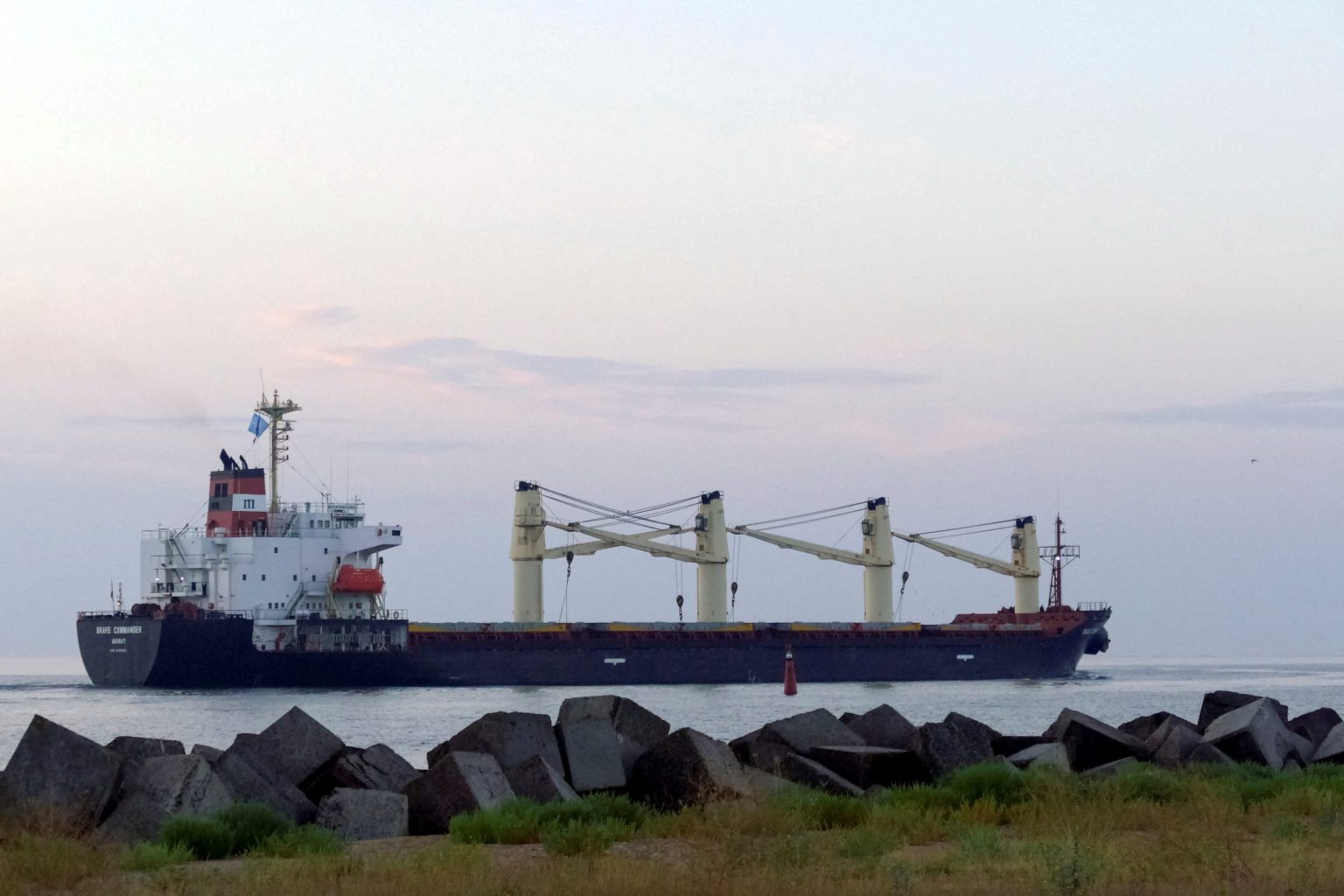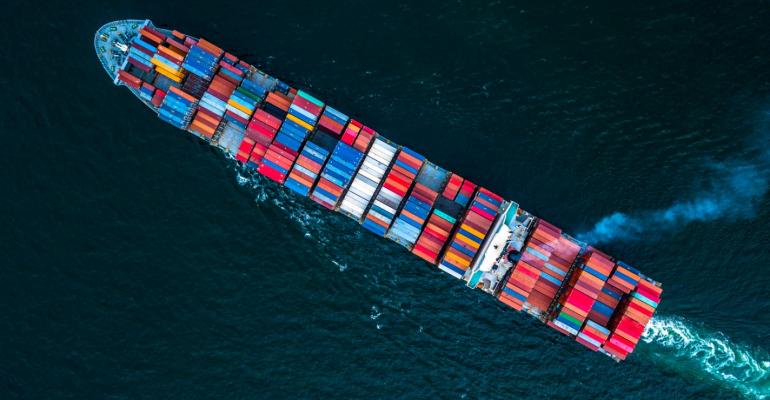As the conflict between Israel and Iran continued into a sixth day, vessels are increasingly waiting for instructions or at least a clearer security situation before going through the Strait of Hormuz, even though credible threats to tankers are yet to materialize, security analysts said June 18.
The daily average number of unladen tankers destined for the eight Middle Eastern countries in the Persian Gulf with oil export facilities, including Saudi Arabia, has averaged 712 so far in the week beginning June 15, the lowest since at least 2021 when adjusted for seasonality, according to data from S&P Global Commodities at Sea.
“There are many, many vessels awaiting orders or are in ballast waiting for a clearer situation before they actually enter the Arabian Gulf,” Ian Wilkinson, an analyst at port agency Inchcape, said during a webinar June 18.
Vessels are probably waiting outside the Gulf until they are called in, he said.
Platts reported earlier June 18 that QatarEnergy has instructed LNG vessels to stay outside of the Strait of Hormuz until a day before loading cargoes, citing a source familiar with the matter.
The risk profile for merchant shipping is nuanced. The Strait of Hormuz has never been closed and the Iranian foreign minister has said that Iran does not want any war to expand. Such a scenario could harm the interests of Middle Eastern producers, including itself, and major oil consumers like China and the US.
However, Iran has in the past arrested tankers, and greater risk is being priced in.
“The reality is that the world, and a lot of the traders and charterers, are already factoring in conflict,” Wilkinson said. They are already expecting there to be disruption in one market or another, he added.
Firmer prices
Security firm Ambrey is not anticipating a full closure, involving indiscriminate targeting or seizing of merchant vessels.
“There’s no direct credible threat to tankers,” David Mueller, an intelligence analyst at Ambrey, said during the June 18 webinar. “However, what we have to understand is that the time for escalation lies well within a typical or standard transit into the Gulf and out again.”
Freight rates have rallied in recent days, prompting vessel operators to hold back tonnage in the hope of securing higher rates, analysts at Commodity Insights said.
Platts assessed the rate to carry a 270,000 metric ton cargo of crude from the Persian Gulf to China at $15.26/mt June 18, up 44% from the end of the previous week.
The uptrend has not been limited to the Middle East, as knock-on effects have been seen in other regions such as West Africa and the Americas, where rates have also moved higher.
“Given the overall stronger earnings potential, some vessels may be tempted to continue calling at the Middle East despite the ongoing conflict between Iran and Israel, while others may opt to capitalize on attractive rates elsewhere and avoid the region altogether,” the Commodity Insights analysts said.
Cyber risk rising
UN agencies have said jamming and spoofing of satellite signals are on the rise.
Spoofing is a deceptive practice in maritime shipping where a vessel deliberately falsifies its Automatic Identification System (AIS) data to mislead others about its location or identity.
The VLCC Front Eagle collided with an alleged shadow fleet tanker on June 17 off Khor Fakkan on the east coast of the UAE, just outside the Strait of Hormuz, where maritime authorities have warned of more electronic interference following the escalation of Iran-Israel military conflicts.
“We’re seeing significant disruptions throughout the Persian/Arabian Gulf and the Strait of Hormuz, primarily in the anchorages of the UAE, Qatar, Bahrain and the North Saudi Arabia as well,” Mueller said.
The GPS signals are being diverted to somewhere nearby, which would indicate that this is a defensive measure, he added.
Any vessel trading in the area should prepare for a loss of a GPS signal, Mueller said.
Source: Platts



